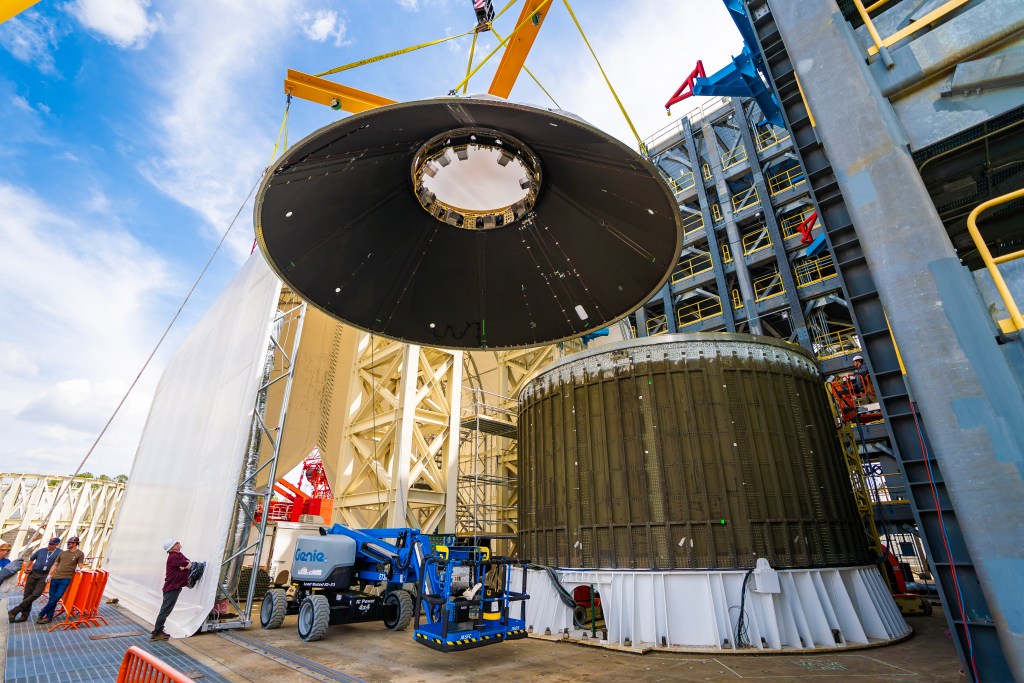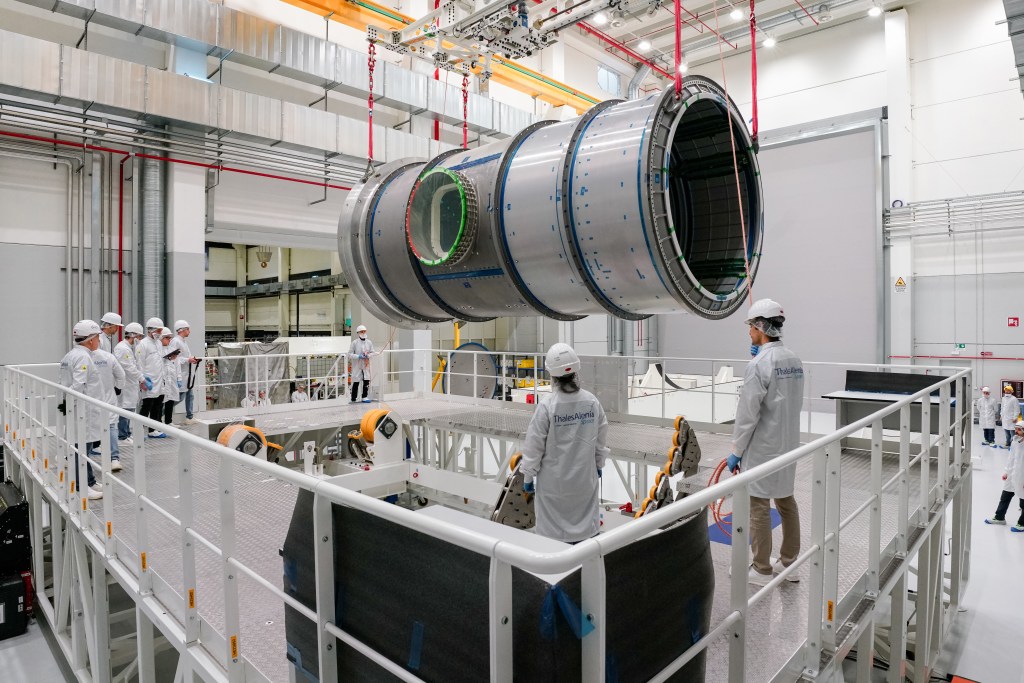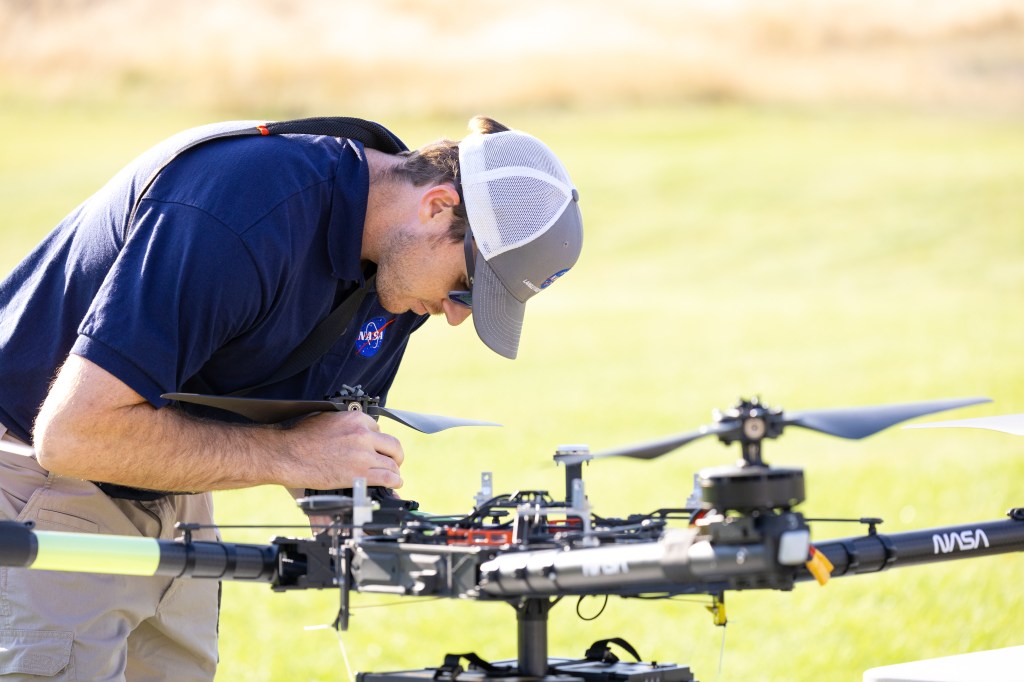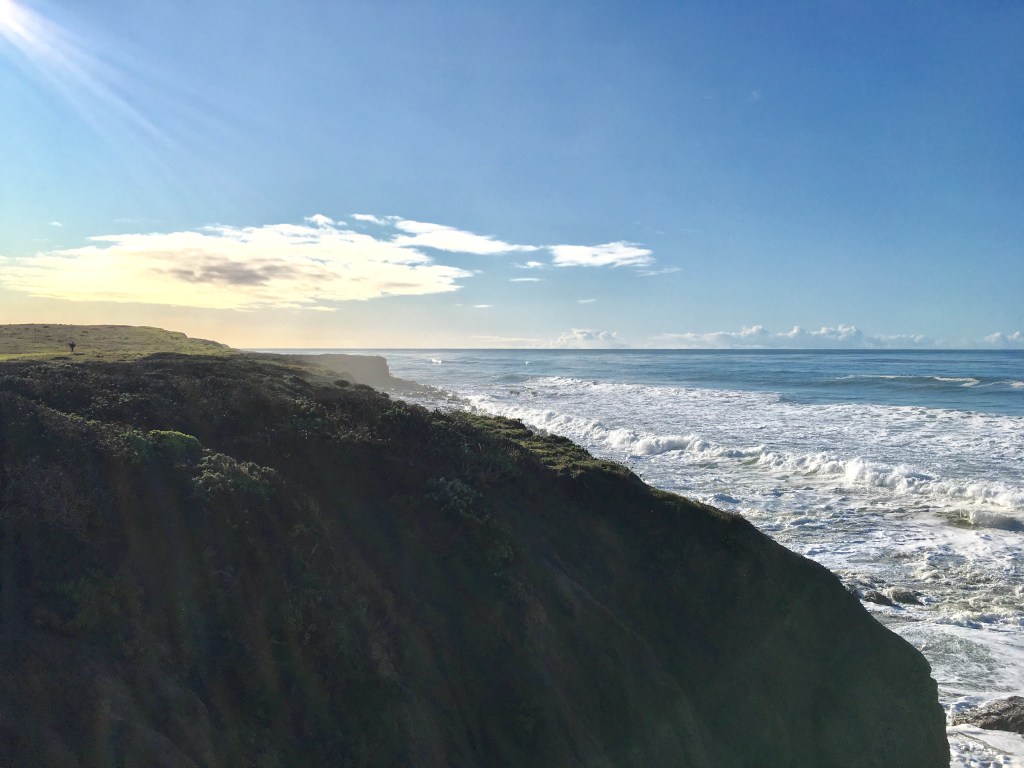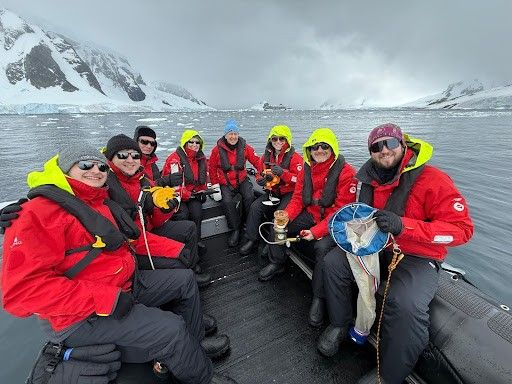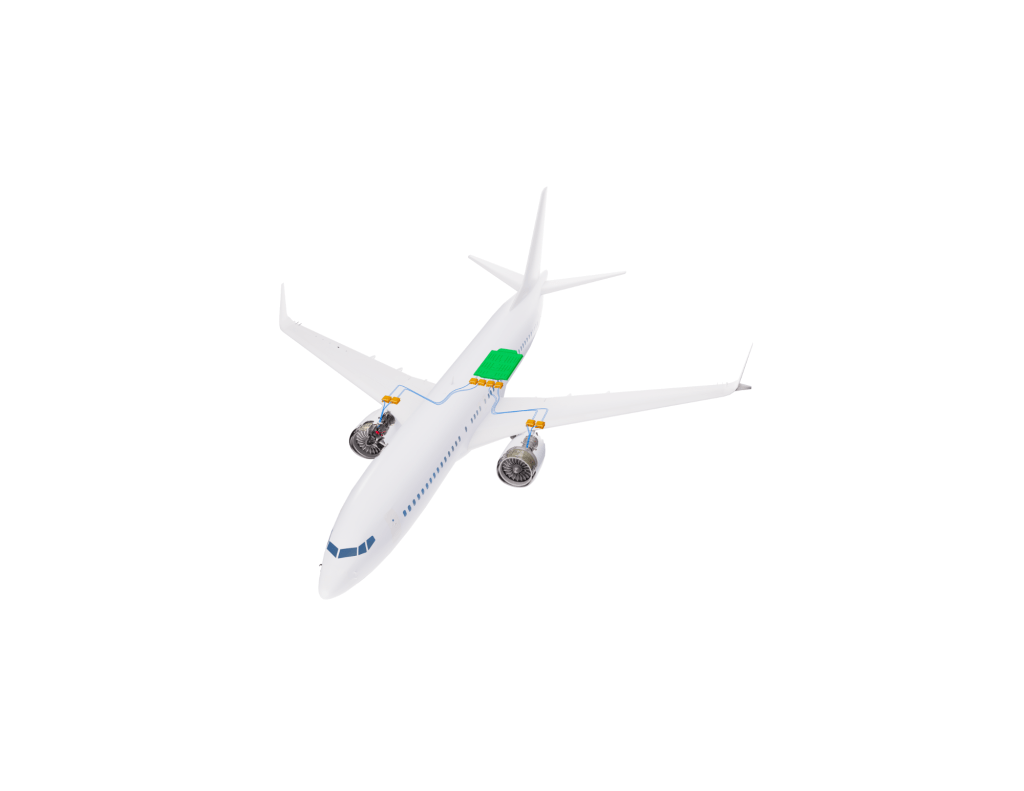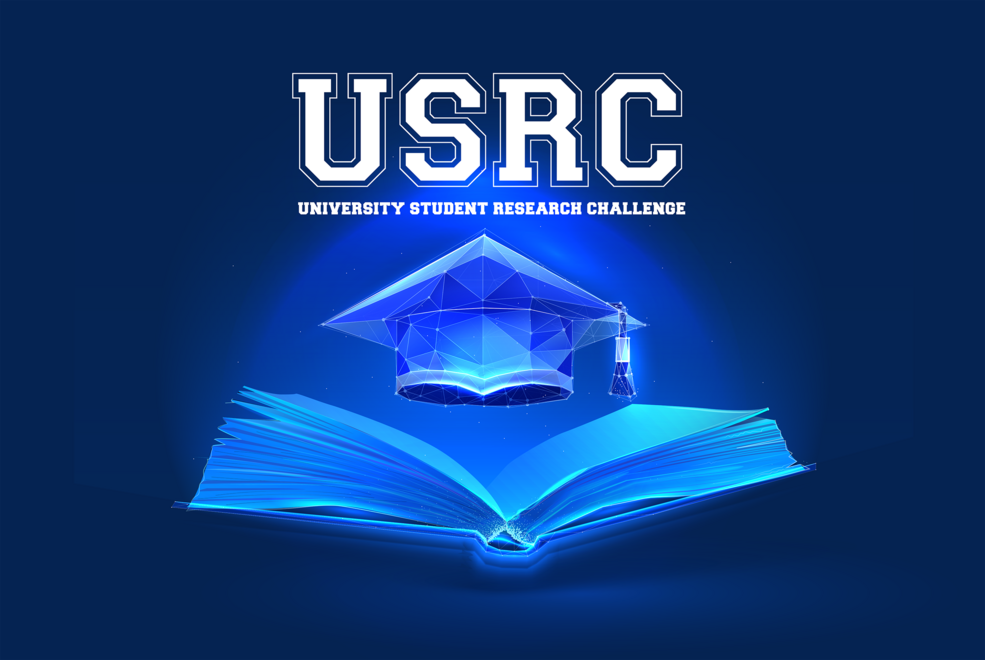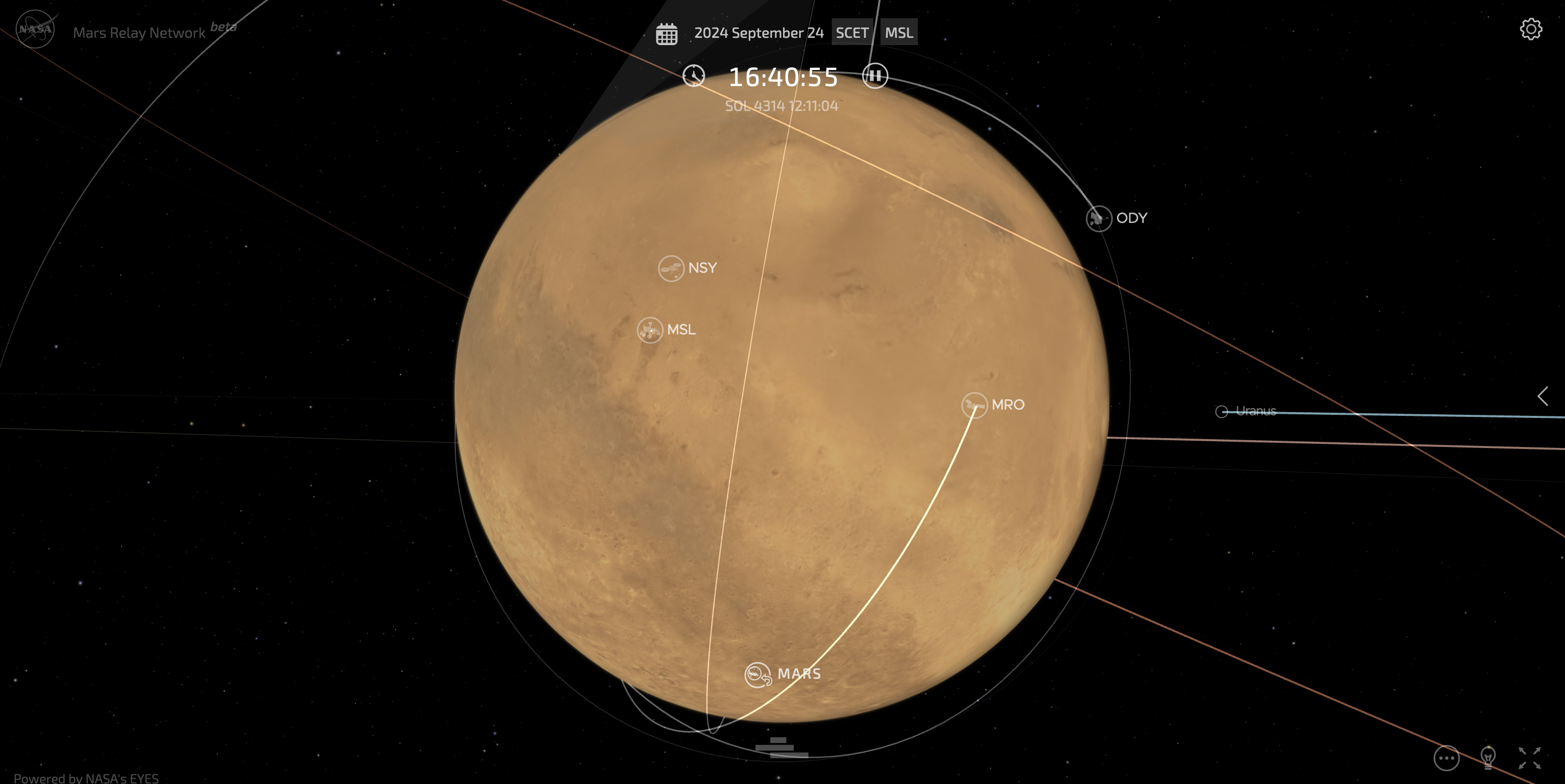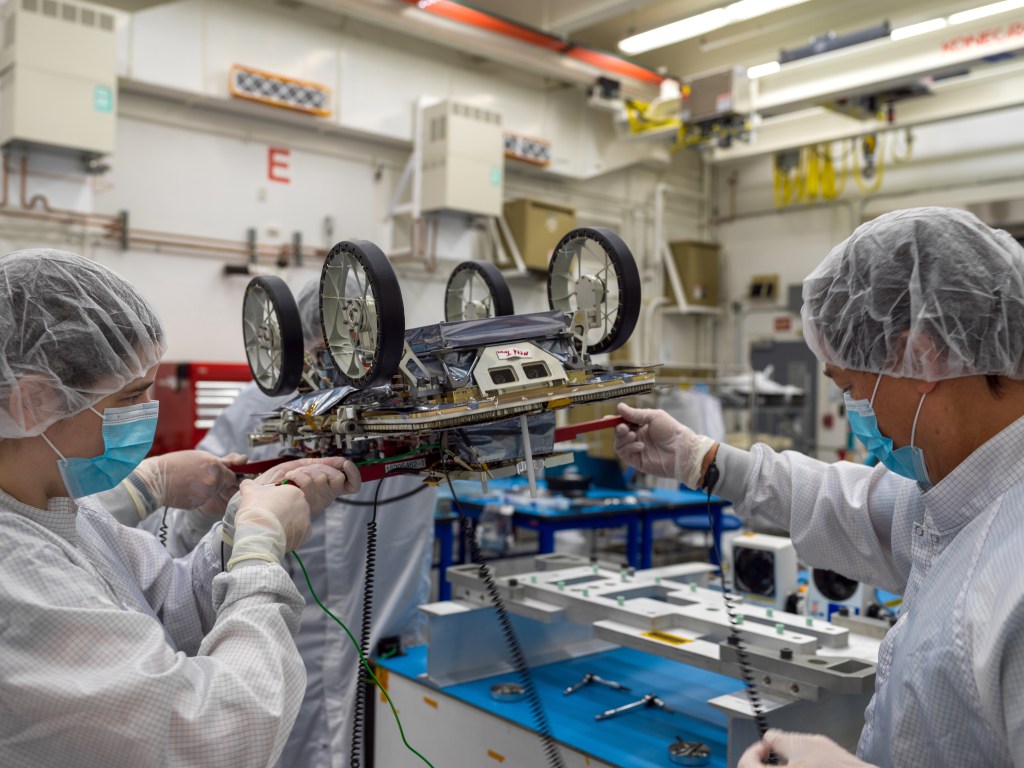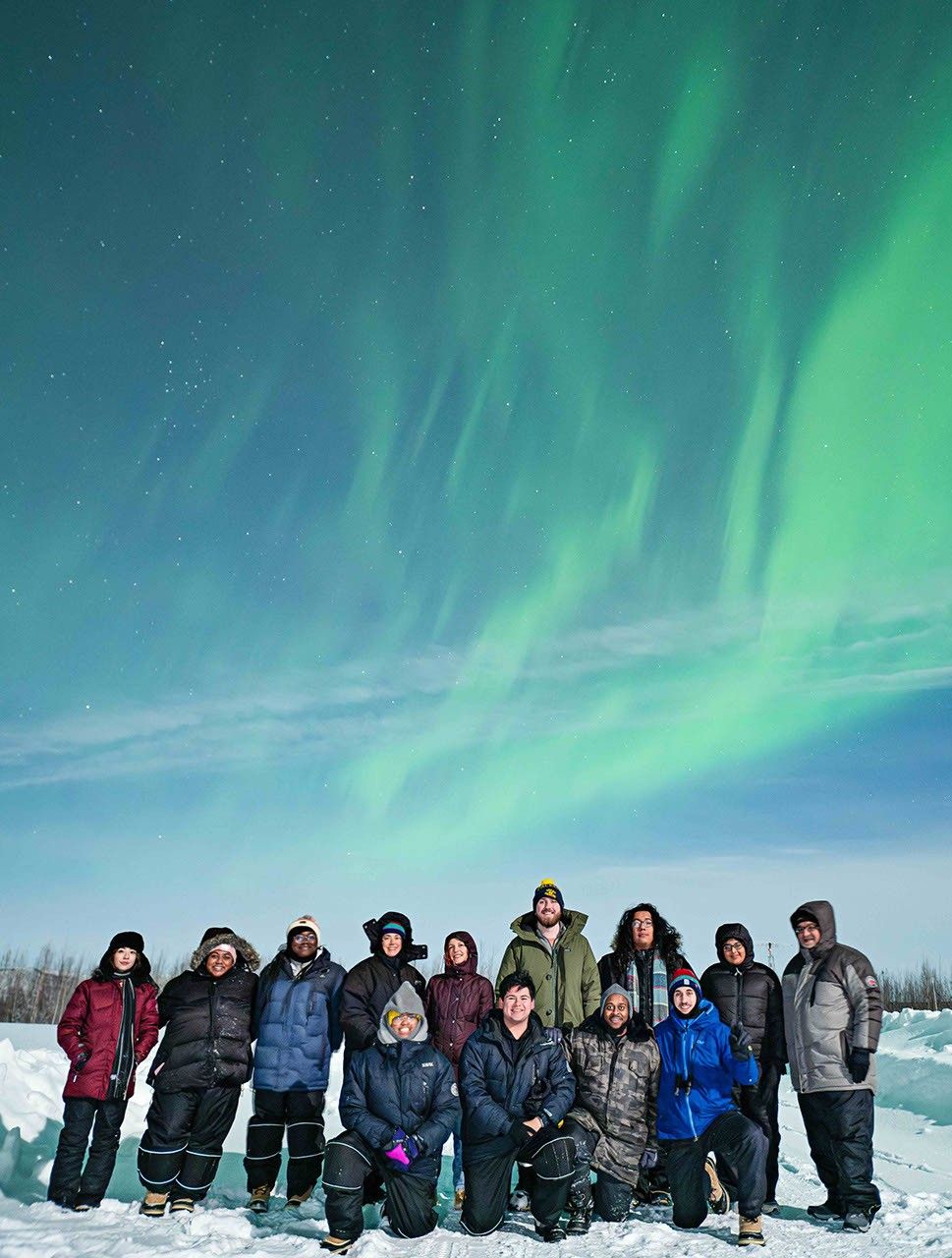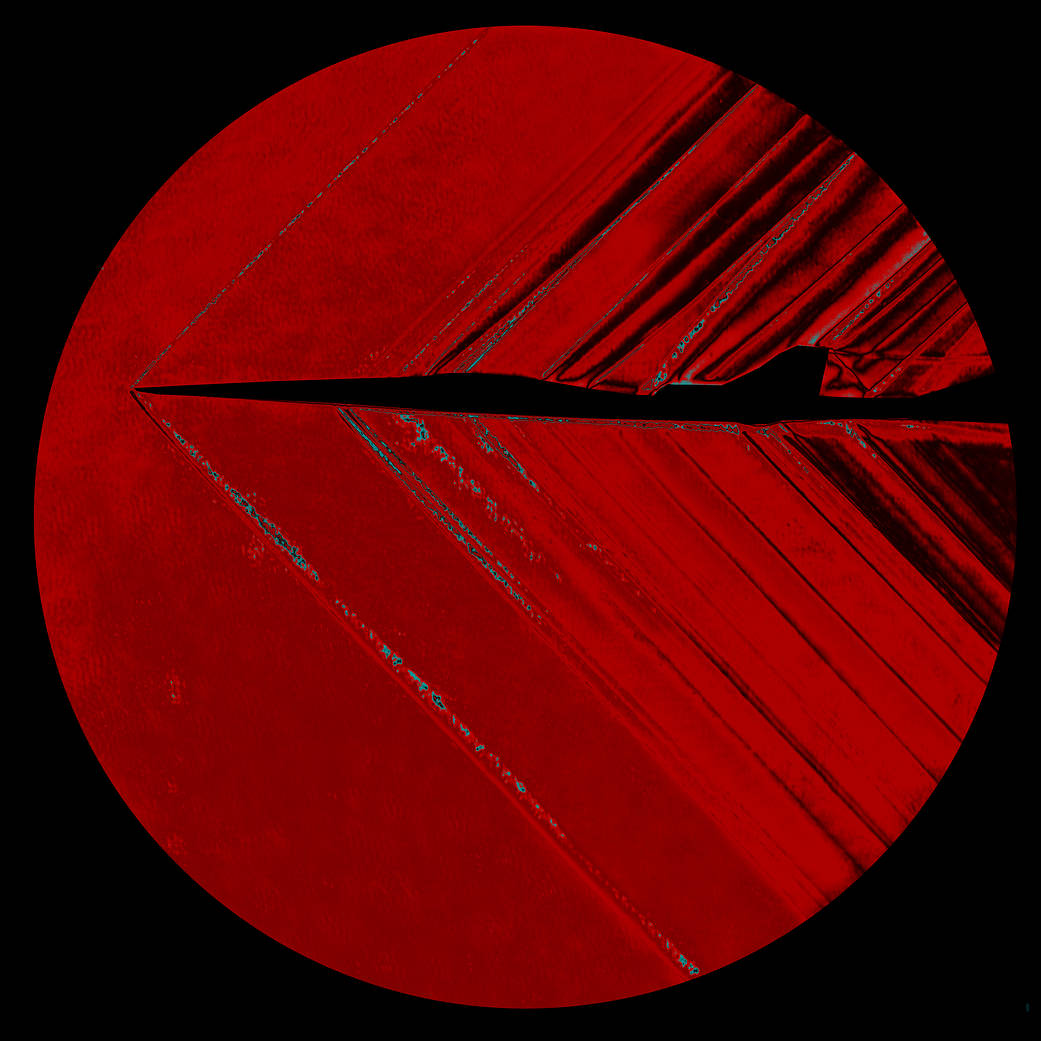
This colorized schlieren image is of a small-scale model of NASA’s X-59 Quiet SuperSonic Technology (QueSST) airplane taken inside NASA Glenn Research Center’s 8- by- 6-foot Supersonic Wind Tunnel during a recent boom test. The multiple-week campaign produced data sets and shockwave visuals that engineers from the agency’s Commercial Supersonic Technology project will use to validate boom-reducing technologies and sonic boom-predicting capabilities. The boom test at NASA Glenn was one of the final X-59 QueSST wind tunnel evaluations as the agency prepares for the aircraft’s first flight later this year, leading to further low-boom validation in flight in 2023.
NASA
This colorized schlieren image is of a small-scale model of NASA’s X-59 Quiet SuperSonic Technology (QueSST) airplane taken inside NASA Glenn Research Center’s 8- by- 6-foot Supersonic Wind Tunnel during a recent boom test. The multiple-week campaign produced data sets and shockwave visuals that engineers from the agency’s Commercial Supersonic Technology project will use to validate boom-reducing technologies and sonic boom-predicting capabilities. The boom test at NASA Glenn was one of the final X-59 QueSST wind tunnel evaluations as the agency prepares for the aircraft’s first flight later this year, leading to further low-boom validation in flight in 2023.






